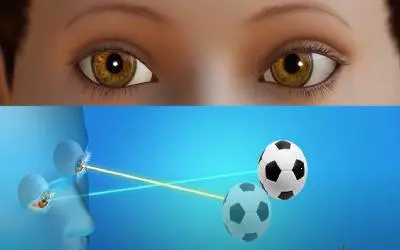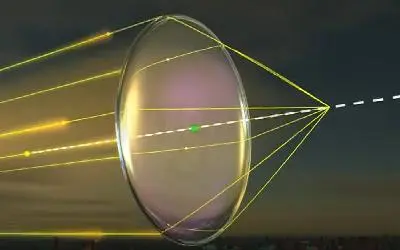Visual Snow Syndrome (VSS) is a rare neurological disorder characterized by a unique visual disturbance that resembles pixelated, flickering dots, often described as ‘visual snow.’ This effect can occur in parts or across the entire visual field.
Symptoms of VSS Typically, individuals with VSS experience at least two of the following symptoms alongside the primary visual snow effect:
- Photosensitivity: Increased sensitivity to light.
- Nyctalopia: Difficulties with night vision.
- Entoptic Phenomena: Visual effects originating within the eye.
- Palinopsia: Persistent visual recurrence of images after the stimulus is removed.
Additionally, VSS may be accompanied by various secondary symptoms, including migraines, photopsia, hyperacusis, phonophobia, tinnitus, cutaneous allodynia, balance disturbances, and tremors.
Causes of VSS The exact causes of VSS are still unclear, but it is believed to be a neurological disorder related to visual processing in the brain cortex. It often occurs following a concussion or mild traumatic brain injury, or alongside other brain-related abnormalities.
Managing VSS
- Specialized Spectacle Tints: Customized tints tailored in hue and saturation can significantly reduce the intensity of visual snow, photosensitivity, and palinopsia, enhancing visual comfort.
- Neuro Vision Therapy: Combining chromatic filters with other therapeutic approaches, this therapy aims to lessen the intensity of palinopsia and improve overall visual comfort.
The First Step The initial approach involves a comprehensive Neuro-Developmental vision evaluation to assess the extent of vision issues. Following the assessment, our Behavioral and Developmental Optometrist will review the results and discuss the recommended treatment plan tailored to each individual’s needs.



